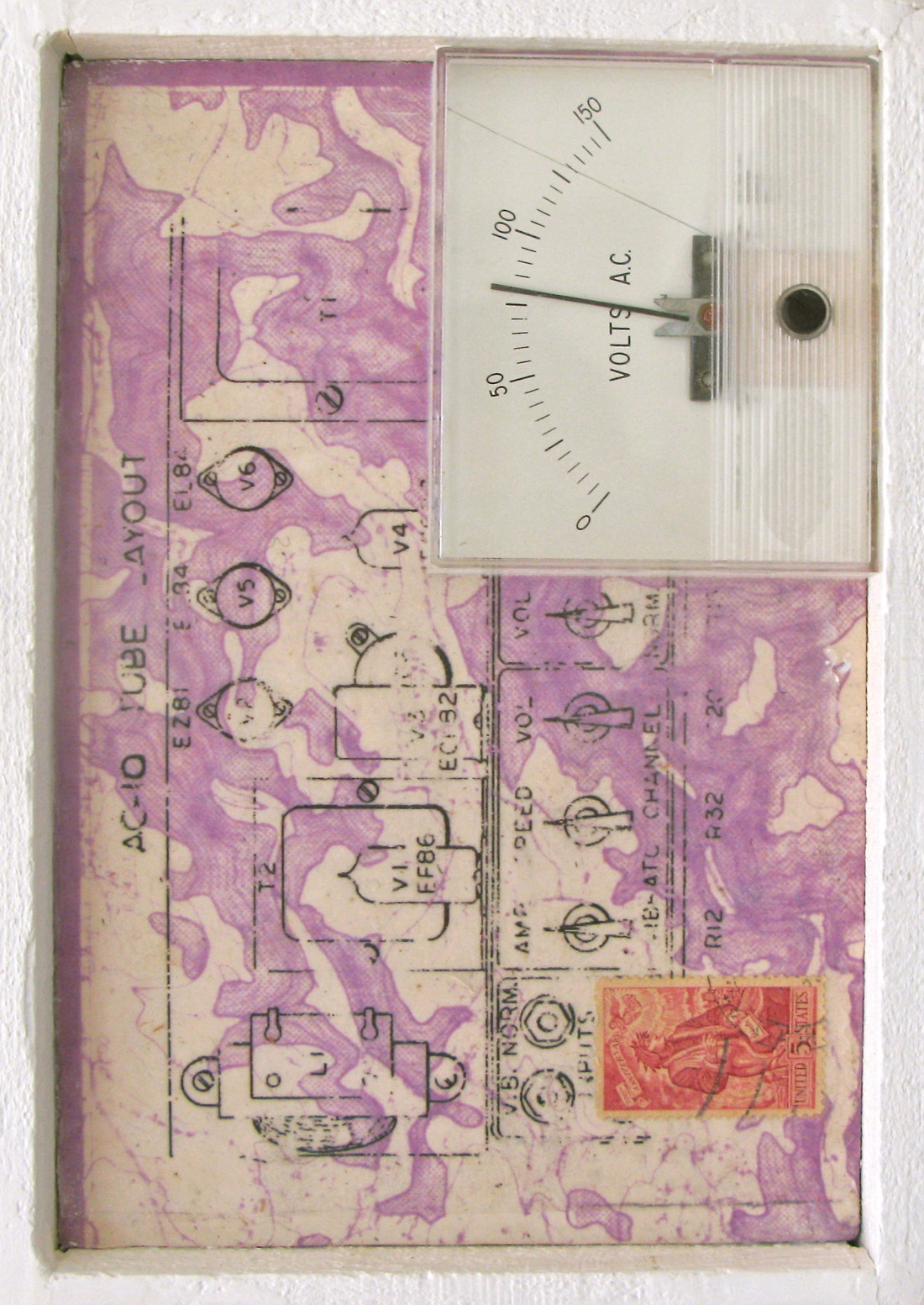These are four-band sweepable-frequency EQs with 12 dB per octave high and low-pass filters. I've been using these EQs for over six months now and have had a hard time finding the right slant to write a review of them. Here's the most simple, succinct thing I can relate about using them: They're often the first EQ I will reach for. Our API 1608 console (Tape Op #81) has 16 channels of EQ in it, with two channels being the Harrisons. The API 550As and 550Bs sound great, but they're fixed-frequencies and sometimes you want a sweepable EQ. Ditto the API 560 graphic units. The Avedis E27s are amazing sounding but have only three bands of fixed frequencies, and with their 28 kHz "air" frequency, I usually save those for vocals, etc. The Alta Moda AM-20s are more versatile than the Harrisons, but also a bit harder to use. So, here's the deal: After using the Harrisons for about 6 months, I found that more often than not, when I just needed one or two EQs, they were the first EQs I would reach for. Why? They sound great and they always do the job. The four bands have plenty of overlap, so there's not much you can't do with these EQs. With the 550s for instance, you might go there first but then need to move over to the Harrisons or Alta Modas to get the "in-between spot" you really need to hit. Why not just go there first? The other key feature on the Harrisons is the sweepable high and low-pass filters. I use these all the time. The high- pass filters help clean out low-frequency junk from your mix and almost always comes into play. The low-pass filters are great for rounding out a bass track and getting rid of string, fret, and tape noise.
These EQs are based on the Harrison 32-series console made famous by Bruce Swedien, who made a few pretty good records with these EQs. They use a fixed-Q design across all four bands, which results in a very uniform sound between bands, so many people refer to them as very "musical." My take is that they feel "safe." They're not neccesarily exciting, but you're not likely to screw anything up with them either. Finally, these are built really well and look professional. I'm reluctant to put certain 500-series modules into my console because they're either cheaply made and feel cheap, or they just look more like toys or a PAIA kit. A console should look solid and inspire confidence, and these EQs look and feel like they belong in a console. Now, if only Dan Kennedy could put his EQ-2NV (Tape Op #45) into a 500-series module. That is hands down the best sounding EQ in our studio. ($775 street; www.greatriverelectronics.com) -JB




_disp_horizontal_bw.jpg)